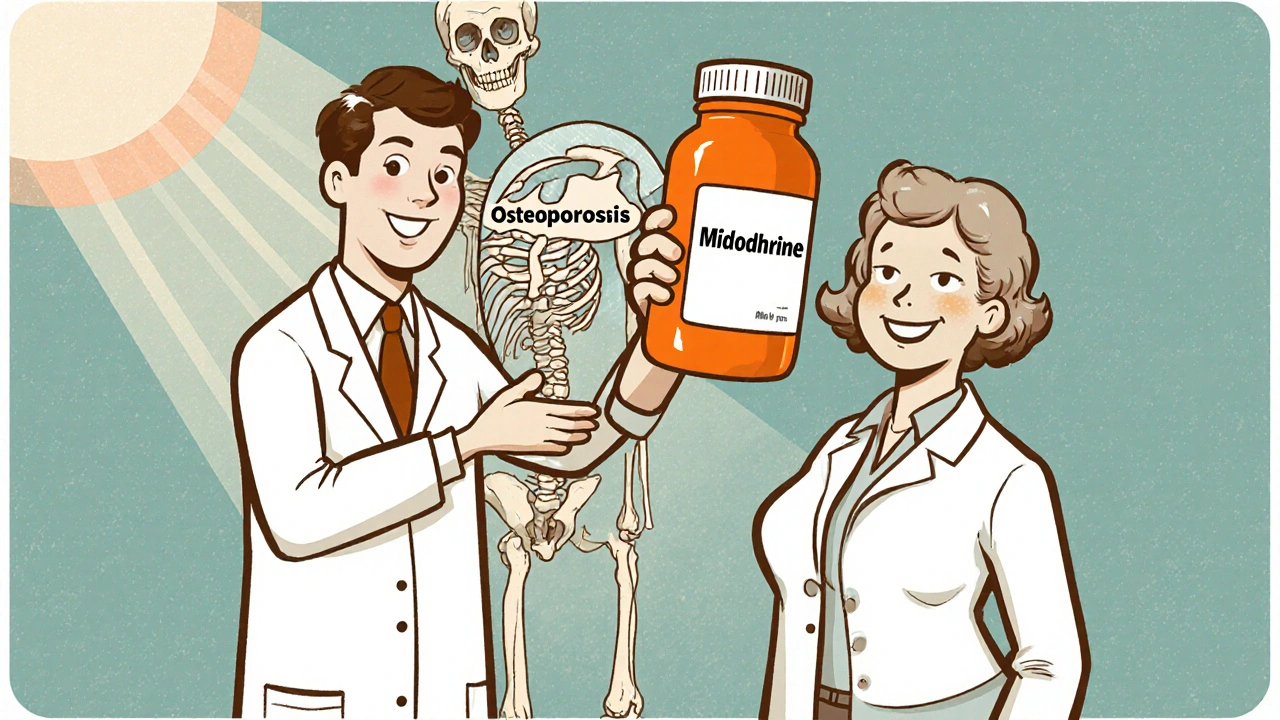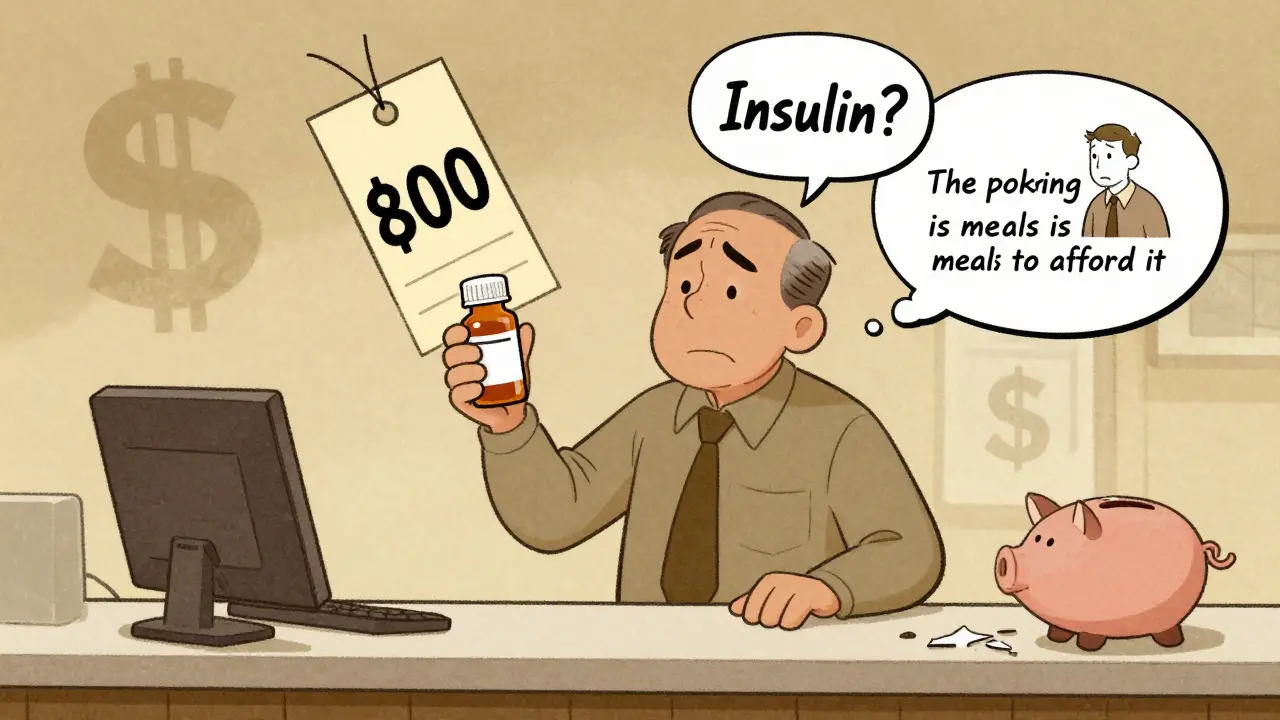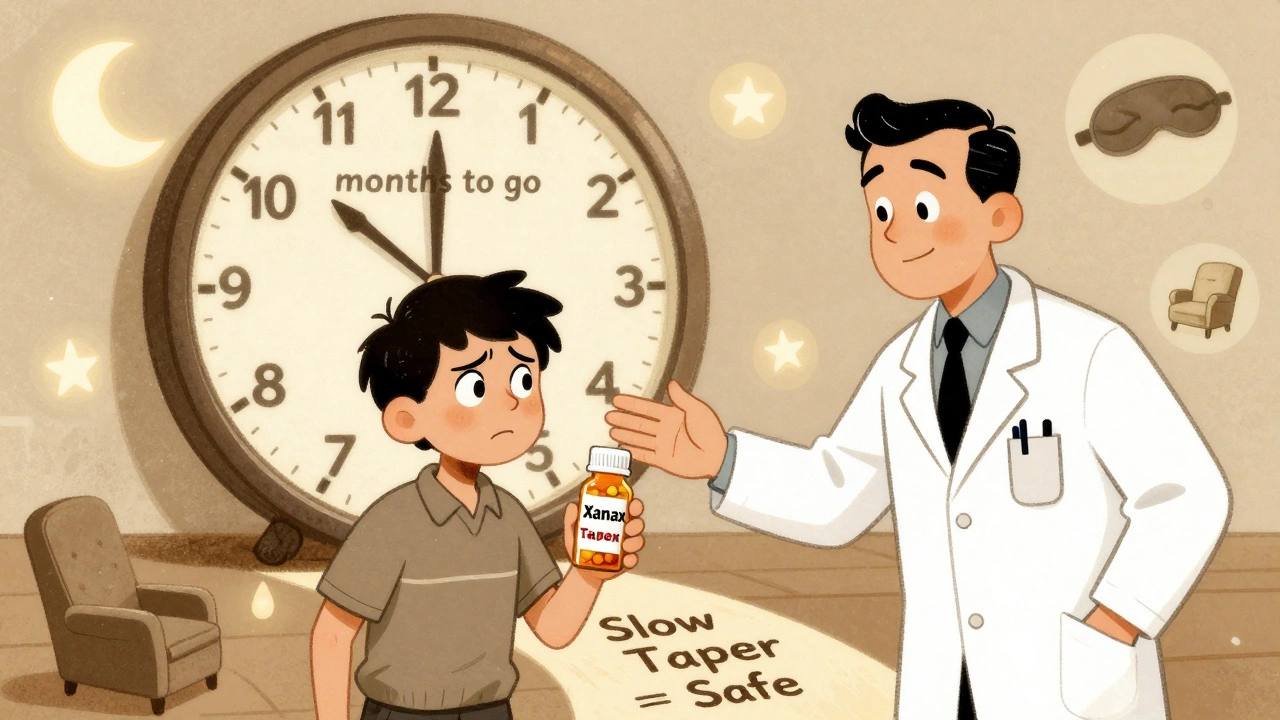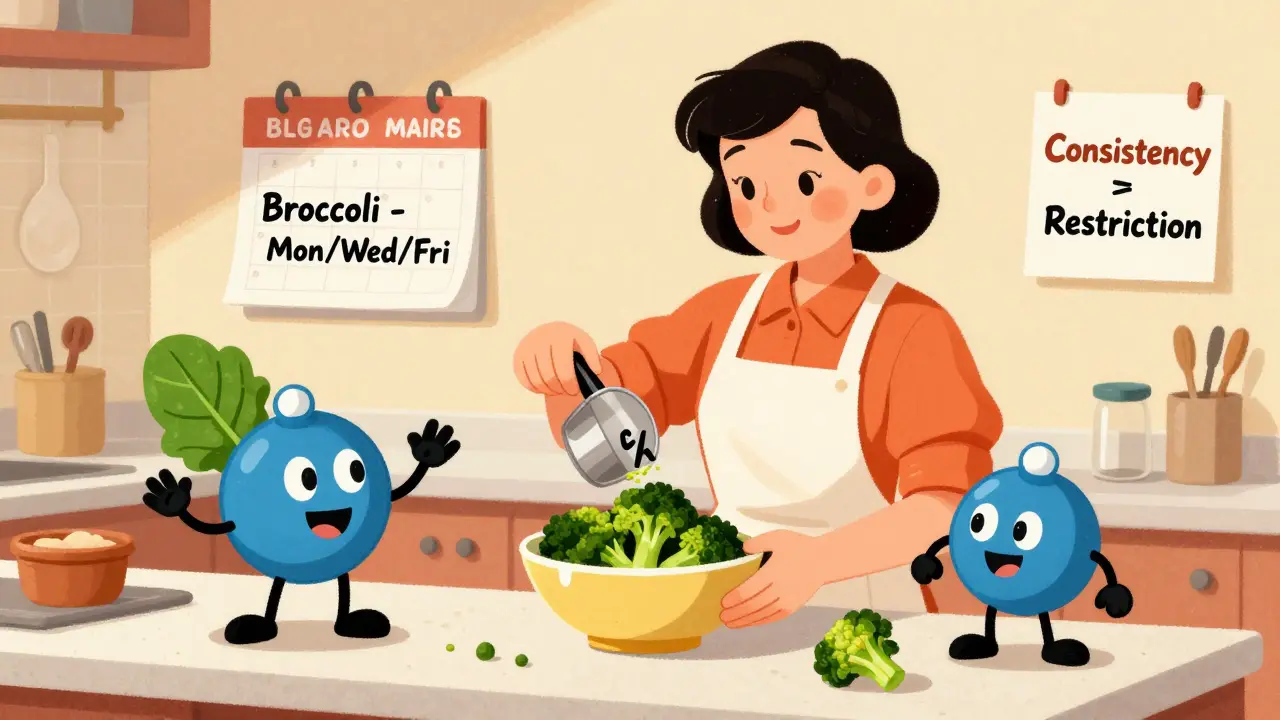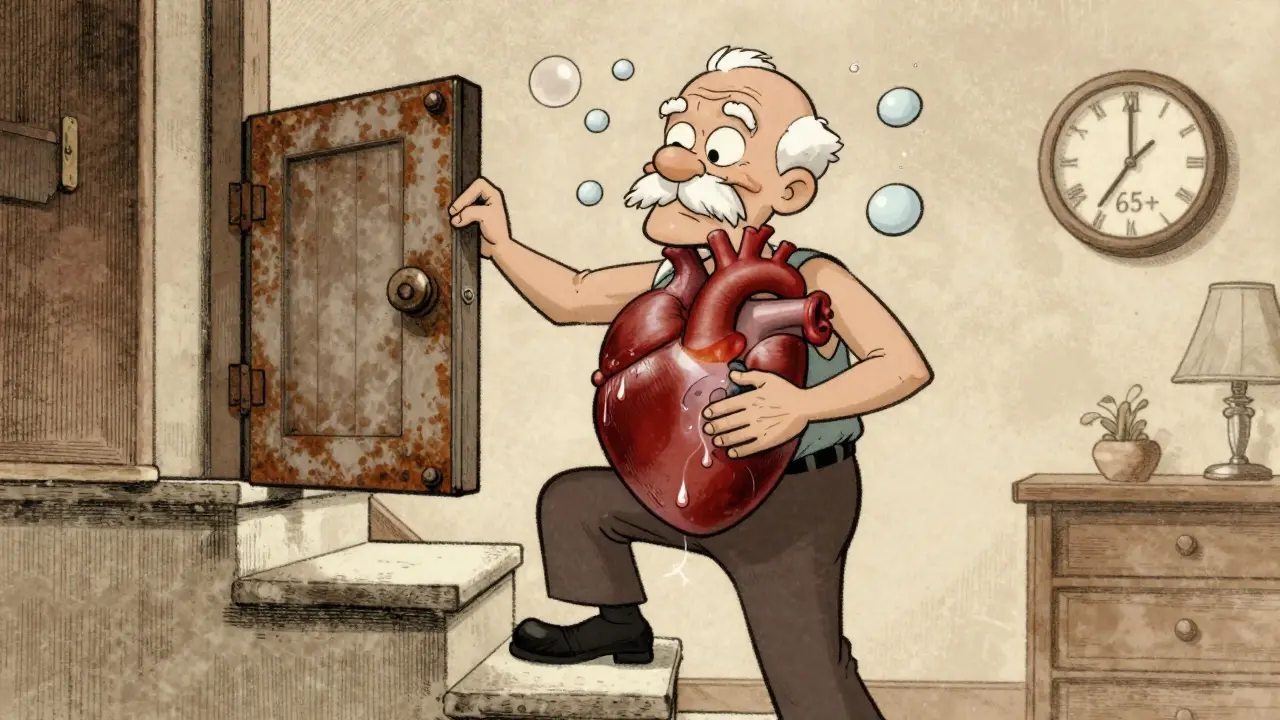Midodrine: What It Is, How It Works, and What You Need to Know
When your blood pressure drops too low when you stand up—making you dizzy, blurry-visioned, or even faint—you might be dealing with orthostatic hypotension, a condition where blood pressure falls upon standing, often due to nerve damage, aging, or certain medications. One of the few FDA-approved drugs built specifically for this is midodrine, a selective alpha-1 adrenergic receptor agonist that tightens blood vessels to raise standing blood pressure. Also known as a vasoconstrictor, midodrine doesn’t pump up your heart like stimulants do—it works by squeezing arteries and veins to keep blood flowing upward to your brain.
Midodrine is often prescribed for people with autonomic nervous system disorders, like Parkinson’s, diabetes-related nerve damage, or those recovering from prolonged bed rest. It’s not a cure, but it gives many the ability to stand, walk, or even work without collapsing. Unlike caffeine or salt pills, midodrine has a targeted mechanism: it activates receptors in blood vessel walls, causing them to contract. That’s why it’s used only when standing—its effects wear off after a few hours, and it’s not meant for 24/7 use. You’ll typically take it three times a day, with the last dose no later than mid-afternoon to avoid sleep issues from elevated blood pressure at night.
It’s not for everyone. People with high blood pressure while lying down, severe heart disease, or urinary retention should avoid it. And while some online pharmacies sell it without a prescription, using it without medical supervision can be risky. That’s why the posts below cover real comparisons: how midodrine stacks up against other treatments like fludrocortisone, pyridostigmine, or even lifestyle tweaks like compression stockings and increased salt intake. You’ll also find guides on managing side effects—itching, tingling, goosebumps, or scalp numbness—that many patients experience. And if you’re wondering whether midodrine interacts with your other meds, like beta-blockers or antidepressants, there’s a breakdown for that too.
What you won’t find here is fluff. Just clear, practical info from real patient experiences and clinical data. Whether you’re newly diagnosed, tired of fainting at the grocery store, or helping a loved one manage this condition, the articles below give you the tools to understand, ask better questions, and make smarter choices.
